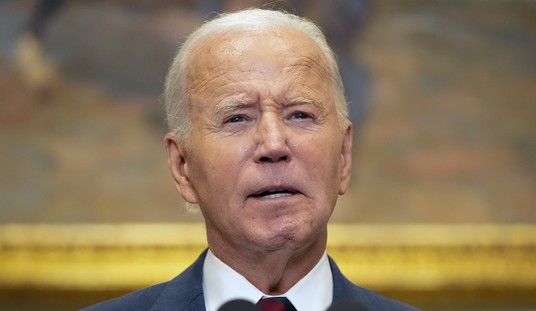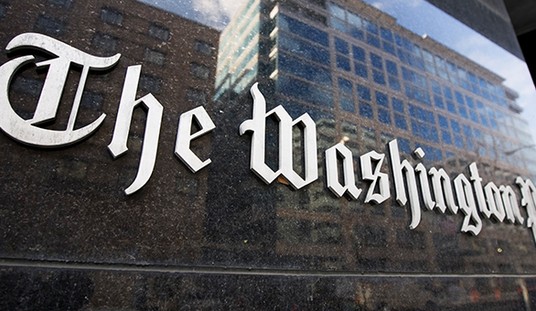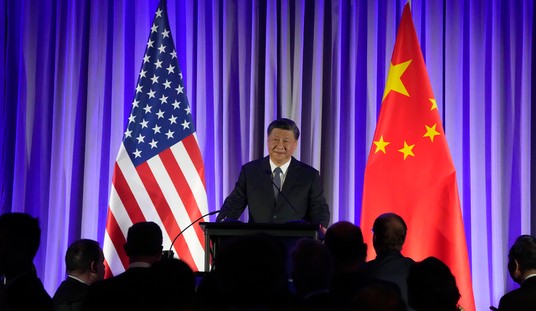I wrote about this here last week.
EPA director Gina McCarthy went with the usual “for the children” spiel to justify plowing ahead with regulations even though the agency’s own analysis admits it won’t accomplish much.
The EPA anticipates that the proposed EGU New Source GHG Standards will result in negligible CO2 emission changes, energy impacts, quantified benefits, costs, and economic impacts by 2022. Accordingly, the EPA also does not anticipate this rule will have any impacts on the price of electricity, employment or labor markets, or the US economy.
The impacts on price, labor and the economy are never quite as rosy as what a federal agency reporting on itself projects, of course.
Apparently, this isn’t being done to help the environment, it is all about trying to make an infeasible technology feasible.
If this proposed regulation will have little effect, why press for it? The answer is because it will improve the prospects of Carbon Capture and Sequestration (CCS) technology, according to EPA.
Wait, didn’t EPA administrator McCarthy tell the House Energy and Commerce Committee last week that CCS is already “feasible.” She has more confidence in the technology than her agency. The RIA states that because “CCS technologies have had limited application to date,” the proposed regulation would “incentivize innovation” leading to performance improvement and cost reductions.
You have to love EPA’s circular logic. Through the regulatory process, it wants to push a technology that is supposedly “feasible” in order to incentivize its innovation in order to make it feasible.
The federal government is trying to artificially create a marketplace with tech that can’t yet sustain itself.
Because that’s worked out so well in recent years.










Join the conversation as a VIP Member